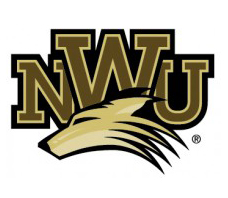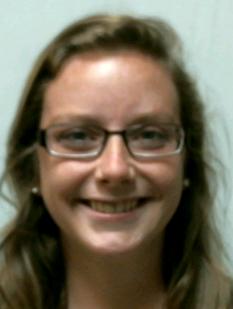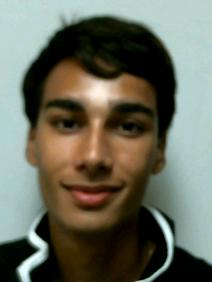Below is a summary of the abstract you submitted. Presenting author(s) is shown in bold.
If any changes need to be made, you can modify the abstract or change the authors.
You can also download a .docx version of this abstract.
If there are any problems, please email Dan at dar78@pitt.edu and he'll take care of them!
This abstract was last modified on June 2, 2016 at 12:17 a.m..

The SEA-PHAGES program allows undergraduates the opportunity to isolate novel bacteriophages from the environment. The DNA from each isolated bacteriophage is sequenced and the genome annotated using a variety of computer software and online tools. Bacteriophages JackSparrow, Zeta1847, BonaeVitae, and Metamorphoo were isolated at Nebraska Wesleyan University in Lincoln, Nebraska using the host Mycobacterium smegmatis. All four bacteriophages are classified as Siphoviridae based on electron microscopy analysis. After sequencing the phage genomes, it was determined that JackSparrow was the only true Mycobacteriophage. Zeta1847, BonaeVitae, and Metamorphoo were found to be isolated from the host Microbacterium paraoxydans, a bacterial contaminant found in the Mycobacterium smegmatis culture. After determining that the Mycobacterium smegmatis culture was contaminated by Microbacterium paraoxydans, each phage was tested to see which bacterium would be infected. It was determined that JackSparrow infected both Mycobacterium smegmatis and Microbacterium paraoxydans. Zeta1847, BonaeVitae and Metamorphoo only infected Microbacterium paraoxydans. Annotation of the phage genomes indicated that JackSparrow has 92 putative genes, Zeta1847 has 149 putative genes, BonaeVitae has 32 putative genes, and Metamorphoo has 95 putative genes.


